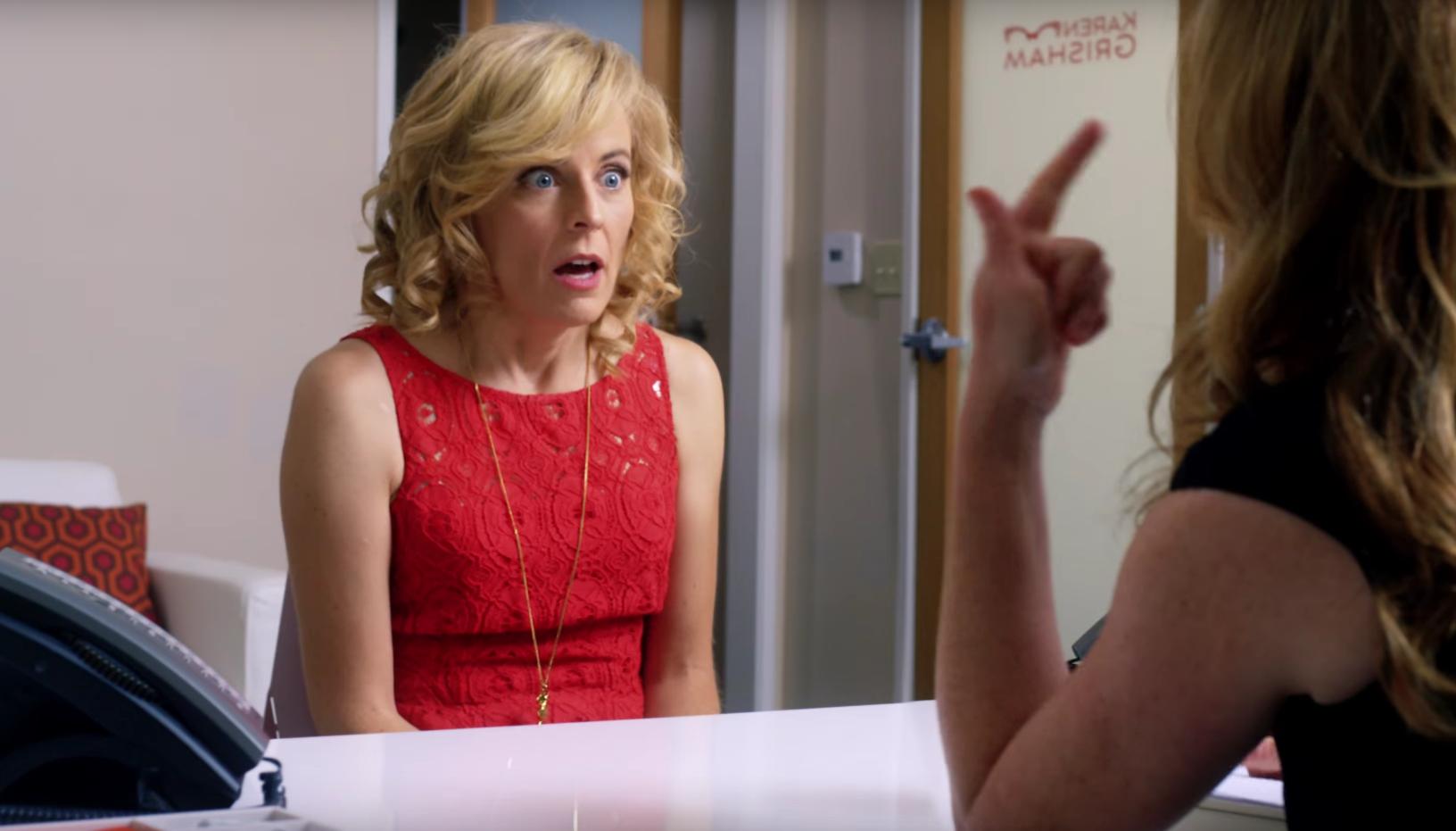You may not know her name, but odds are you’ve crossed paths with her work.
You may have heard her voice howling out of Shriek, the cartoon poodle on CatDog. Or maybe it was out of the mouths of a handful of characters appearing in Hey Arnold! or Adventure Time.
She graced your TV as the “crazy Target lady” during Target’s winter ad campaign in 2010.
If you watch Louie, Kroll Show or Arrested Development, you’ve probably seen her in those too.
These appearances and voice acting stints don’t even scratch the surface of the work Maria Bamford has done throughout her long tenure in the comedy world.
With three stand-up specials under her belt as well as a slew of work in various aspects of television and comedy, it seems it was only a matter of time before Bamford’s success as a writer and performer in her own show was realized in the form of Lady Dynamite, which premiered on Netflix this past May.
To those who are just now discovering her genius, it may seem like Bamford has been spending all this time as the blonde dark horse of the comedy scene. But to those who have known her since the beginning, to her fan base (which includes the likes of Stephen Colbert and Mike Birbiglia) Bamford has always been an icon.
After almost two and a half decades spent perfecting her craft, Bamford’s Lady Dynamite is a magnificent compilation of comedy gold. It’s a show that uses aspects of her life and career to tell unique and often strange stories that still feel true and relatable. If Bamford were a mathematician, Lady Dynamite would be her most intricate and lengthy proof, not a straight answer to a problem but a description of each and every step that got her there.
Lady Dynamite is unlike many of its predecessors — shows that have built a TV narrative around a comedian’s life. But those who have seen any of Bamford’s work wouldn’t expect her show to follow guidelines set in the past. This is the woman whose most recent stand-up special, titled The Special Special Special!, was a performance for an audience of two people — her parents.
Bamford is also known for being able to talk candidly about her battle with mental illness, specifically forms of depression and anxiety. This ability to joke about the realities of mental illness in a way that alleviates stigmas instead of belittling those coping with the problem is what many love about Bamford’s work. In Lady Dynamite, the story flips between the past and present, showing how her battle with mental illness shaped her current mindset, a singular aspect that may make the show sound more like a drama than a comedy. Bamford is able to craft these darker themes into episodes that are colorful, delightfully odd and packed with guest stars.
Alternating storylines and time periods mixed with a slew of characters could potentially be overwhelming, but Lady Dynamite pulls it off. Often characters in the show will stop a scene in order to talk about the show itself, adding a meta component that proves more endearing and self-aware than confusing.
With a high-pitched squeak of a voice and a strange obsession with pugs, Bamford may not seem like someone whose work you could binge. But give Lady Dynamite a chance and see how quickly you’re turned into a fan.



